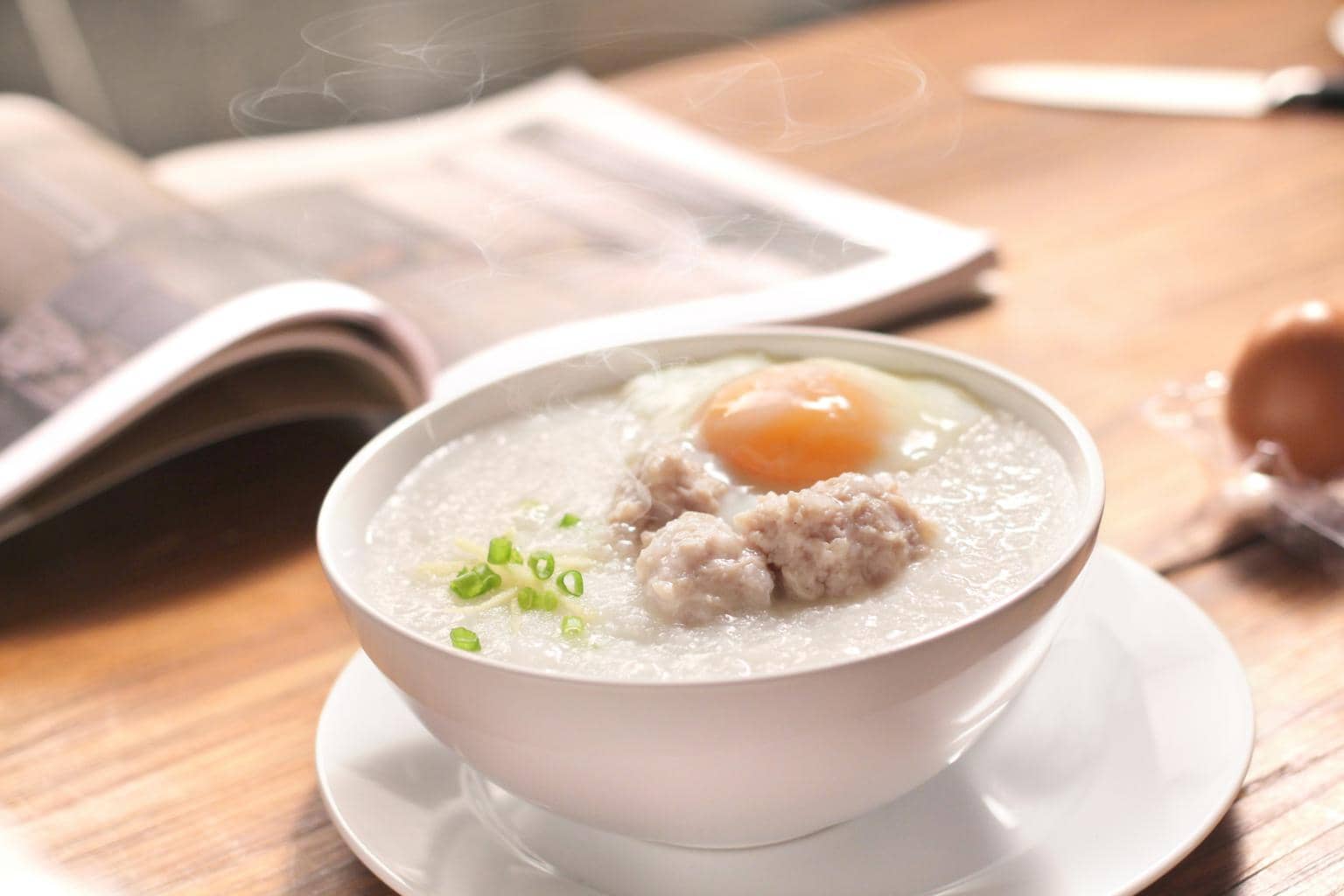
Visit us at the new location
Effective 7th July 2025, we are moving to
156 Station Road, Melton VIC 3337.
Mobile services is only available on request.
Mobile services is only available on request.
Explore research on acupuncture by visiting here.

Headache?
According to Western Medicine, headache is classified into primary and secondary group.
Primary type headache is pain in the head, neck or face, which is not related to other conditions like high blood pressure or diabetes. This group of headaches is recurrent and persistent without any clear underlying cause.
On the other hand, secondary headache is caused by infections, pre-existing conditions like brain tumour, or injury, medications, and sleep disorders among others. However, many studies (Do et al, 2019) have pointed out that medication overuse makeup the highest number of secondary headaches.
Primary headache
The most common type of primary headache is tension-type headache, migraine and its subtypes, cluster headache and hemicrania.
Cervicogenic headache is a type of hemicrania but originates from the neck or spine. This headache comes with stiff neck and shoulder, sensitivity to light and noise and in some patients nausea.
For the latest information on classification of primary headache and detailed criteria, refer to this pocketbook.
Cluster vs Hemicrania
Although hemicrania and cluster headache (CH) may share similar features, hemicrania headache (HH) is localised near and around the temporal region of the head, near the eye, front of head and in the upper jaw area. HH is also common in women (Silberstein, 2014). Additional signs are nasal congestion, conjunctival eye tearing, ptosis (drooping eyelids), swollen eyelid and sensitivity to light. Hemicrania can be treated with Indomethacin (Antonaci & Sjaastad, 2010)
Cluster headache occurs around the same time every day (hence the term “clustering”) and last between 6-12 weeks, followed by pain free periods. Additional signs and symptoms are like hemicrania. However, pain can be felt on the side of the eye, above the eye and on the sides of orbital, supraorbital and/or temporal and may last up to 180 minutes.
How does Chinese Medicine see headache?
Headache (tou tong 头痛) is known by multiple patterns. The following are some patterns of headache:
Let’s start with pattern #1
Invasion of wind-cold or wind-heat or wind-damp
The first pattern of headache derived its name from environmental factors. Since CM is informed by the interaction of the natural environment and human existence, it also describes what the environmental factors are.
CM believes that heat, cold, wind and damp may affect our health. In combinations, exposures to these environmental factors may work against our health. For example, if the body is exposed to summer-heat for too long, we may get dehydrated and fall ill. The symptoms will be headache, dry
throat, and dizziness. On the other hand, if we stay out for too long in a cold windy night, wind-cold may attack our body and we will fall ill, especially if we are not protected with warm clothing and our immune system is down. We will feel tightness on the shoulder and neck, and this will cause headache.
Damp may be an external or internal factor. A damp house may be a breeding ground for fungi and the spores will get into our system to cause illness and headache. Internal damp is associated with the accumulation and stagnation of qi, blood or body fluid – which will stop the free flow of vital energy to the brain and causes headache and light-headedness. This type of headache maybe felt as spinning like dizziness, or heaviness, hence wind-damp pattern. The sensation of vagueness and light-headedness is associated with phlegm, another type of damp. When chronic, this may be a sign of an underlying condition and fall within the realm of internal medicine.
For an acute attack of wind-cold or wind-heat, you may have chills or fever. Headache which are felt as stabbing and localised needs immediate attention, and we recommend that you visit your physician as soon as you can to isolate serious condition.
Next article: Migraine
References
Do, T. P., Remmers, A., Schytz, H. W., Schankin, C., Nelson, S. E., Obermann, M., Hansen, J. M., Sinclair, A. J., Gantenbein, A. R., &
Schoonman, G. G. (2018). Red and orange flags for secondary headaches in clinical practice. Neurology, 92(3), 134–144. https://doi.org/10.1212/wnl.0000000000006697
Linde, K., Allais, G., Brinkhaus, B., Fei, Y., Mehring, M., Shin, B.-C., Vickers, A., & White, A. R. (2016). Acupuncture for the prevention of
tension-type headache. Cochrane Database of Systematic Reviews. https://doi.org/10.1002/14651858.cd007587.pub2
Goadsby, P. J. (2009). Pathophysiology of Migraine. Neurologic Clinics, 27(2), 335–360. https://doi.org/10.1016/j.ncl.2008.11.012
Fabio Antonaci, & Ottar Sjaastad. (2010). Hemicrania continua. Handbook of Clinical Neurology. https://doi.org/10.1016/s0072-9752(10)97043-7
Webster, K. E., Dor, A., Galbraith, K., Luma Haj Kassem, Harrington-Benton, N. A., Judd, O., Kaski, D., Maarsingh, O. R., MacKeith, S., Ray, J., Van, V. A., & Burton, M. J. (2023). Non-pharmacological interventions for prophylaxis of vestibular migraine. 2023(4).
https://doi.org/10.1002/14651858.cd015321.pub2
Headache Management, Stephen D. Silberstein, in Practical Management of Pain (Fifth Edition) , 2014
Get in touch to learn how Acupuncture and Chinese Medicine can help you end your pain.
Mon – Sat: 9:00 – 18:00
Find us on Whatsapp
We aim to reply in 24hrs
Explore research on acupuncture by visiting here.
Lorem ipsum dolor sit amet, consectetur adipiscing elit. Ut elit tellus, luctus nec ullamcorper mattis, pulvinar dapibus leo.